white corydalis?
jan_on zone 5b
12 years ago
Related Stories
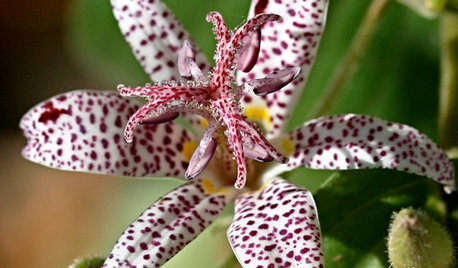
SUMMER GARDENING10 Perennials to Extend Your Garden's Summer Color
Revive summer-weary gardens with outstanding late bloomers such as toad lily, Russian sage, blanket flower and more
Full Story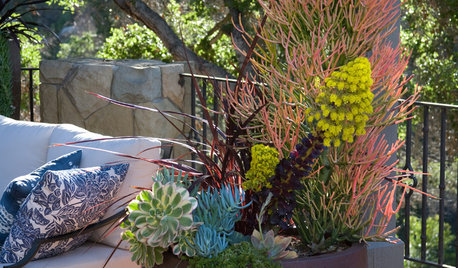
FALL GARDENING12 Fabulous Fall Container Gardens
Celebrate the season with potted displays rich in color and texture
Full Story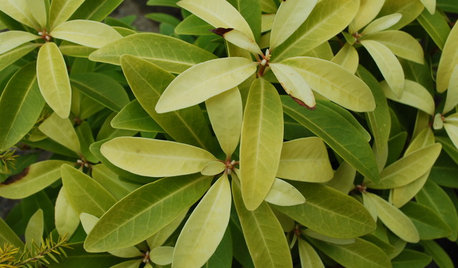
LIME FOLIAGEGreat Design Plant: Illicium Parviflorum ‘Florida Sunshine’
This shrub from the anise family brings a ray of chartreuse sunlight to the woodland garden
Full Story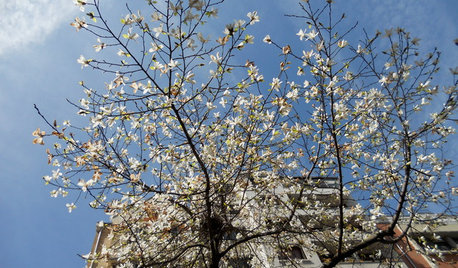
INSPIRING GARDENSBorrow Garden Ideas From Springtime in Paris
Grab a pain au chocolat and join our excursion through Parisian gardens and other green-laden spaces
Full Story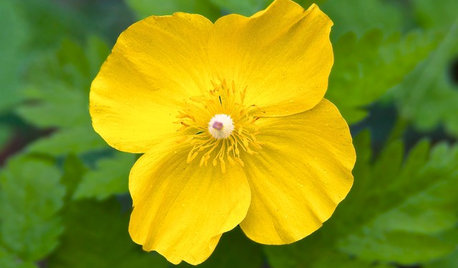
GARDENING GUIDESGreat Design Plant: Stylophorum Diphyllum
Appalachian native celandine poppy’s flowers and foliage combine to brighten a woodland garden well into summer
Full Story







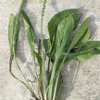
woodyoak zone 5 southern Ont., Canada
gardengal48 (PNW Z8/9)
Related Professionals
Baltimore Landscape Architects & Landscape Designers · Ferndale Landscape Architects & Landscape Designers · Avocado Heights Landscape Contractors · Alpharetta Landscape Contractors · Apollo Beach Landscape Contractors · Athens Landscape Contractors · Broadlands Landscape Contractors · Edinburg Landscape Contractors · Hickory Hills Landscape Contractors · Long Beach Landscape Contractors · Olympia Landscape Contractors · Thornton Landscape Contractors · Washington Landscape Contractors · Whitehall Landscape Contractors · Palos Hills Landscape Contractorsaachenelf z5 Mpls
woodyoak zone 5 southern Ont., Canada
jan_on zone 5bOriginal Author
rouge21_gw (CDN Z5b/6a)
jan_on zone 5bOriginal Author
woodyoak zone 5 southern Ont., Canada
gottagarden
jan_on zone 5bOriginal Author
woodyoak zone 5 southern Ont., Canada
plants4
woodyoak zone 5 southern Ont., Canada
aachenelf z5 Mpls
woodyoak zone 5 southern Ont., Canada
plants4
aachenelf z5 Mpls
woodyoak zone 5 southern Ont., Canada
sunnyborders
monarda_gw
aachenelf z5 Mpls
sunnyborders
raehelen
aachenelf z5 Mpls
monarda_gw